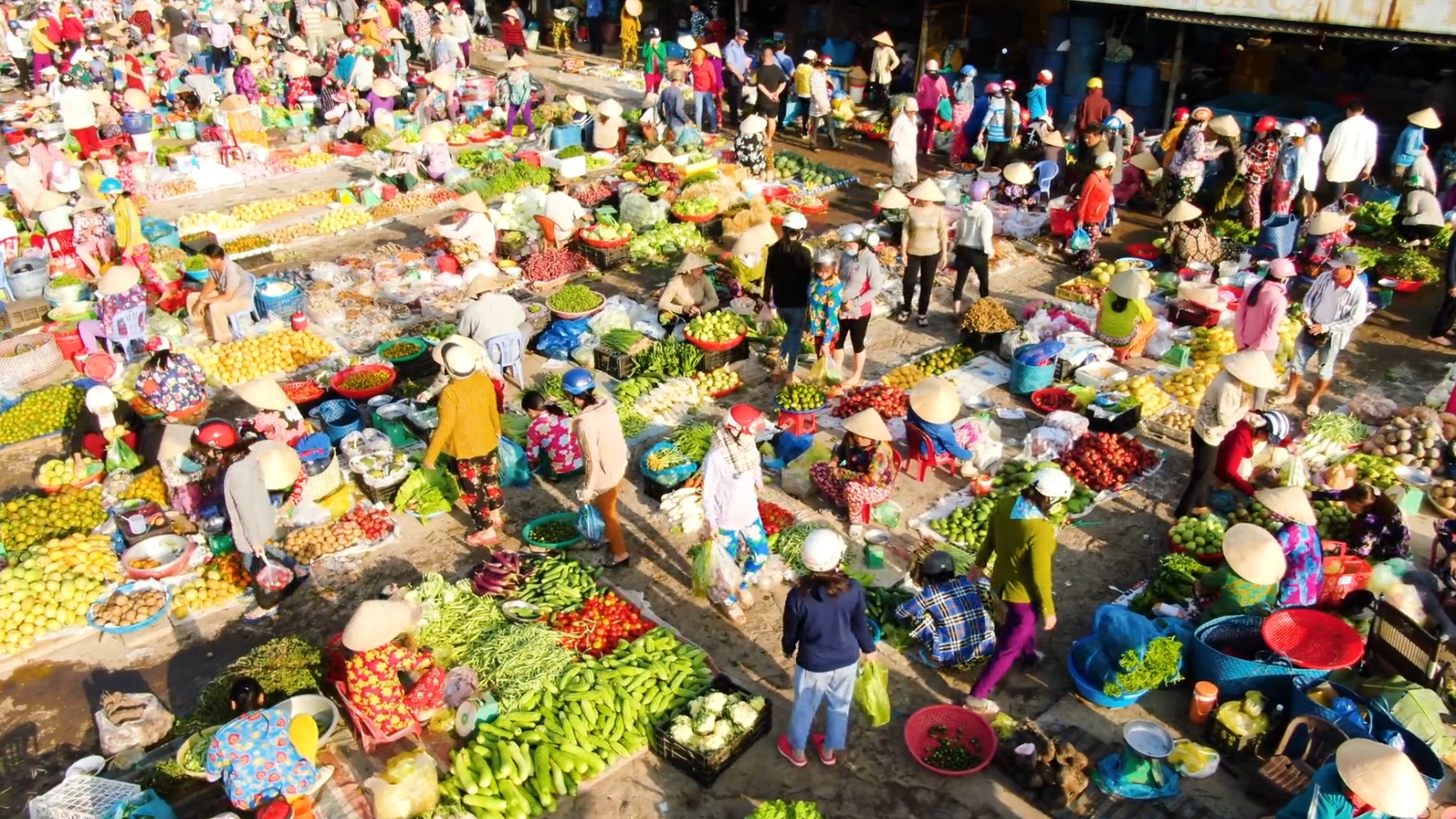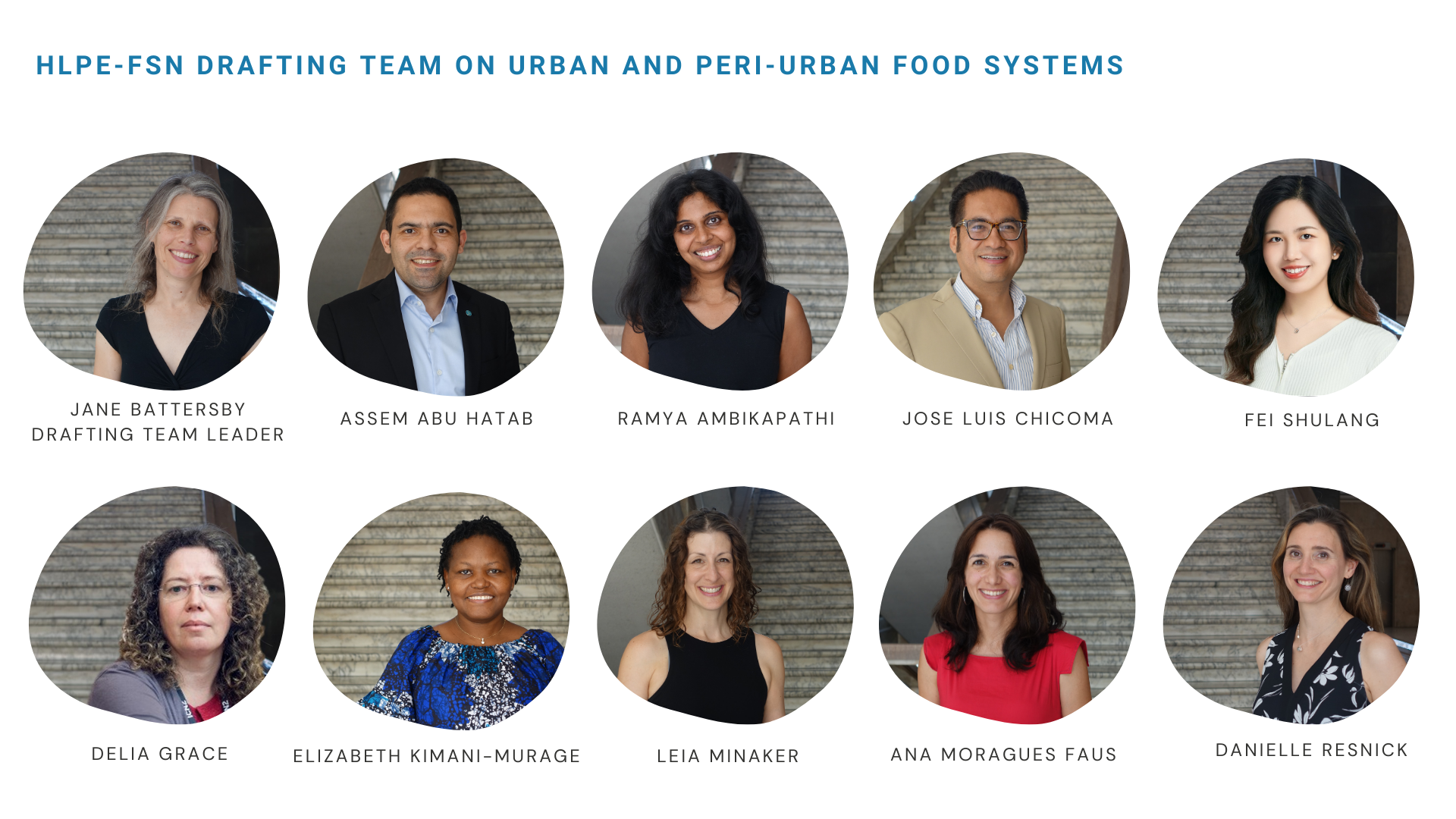
©Ming Kin/Pixabay
The future of the world is urban. Over 50% of the world’s population live in urban areas and that proportion is set to increase to over 70% by 2050. Moreover, approximately 1.1 billion people currently live in urban informal settlements, with two billion more expected in the next 30 years (1/3 of the world population).

In this context, food insecurity is a pressing and urgent problem. Over three quarters of individuals experiencing moderate or severe food insecurity worldwide reside in urban and peri-urban areas. In other words, of the 2.2 billion moderately and severely food insecure people in the world, 1.7 billion live in urban and peri-urban areas.
In October 2022, the CFS requested the HLPE-FSN to produce a report entitled “Strengthening urban and peri-urban food systems to achieve food security and nutrition in the context of urbanization and rural transformation”
The report will be presented at CFS 52th plenary session in October 2024 and provide recommendations to the CFS workstream “Strengthening urban and peri-urban food systems to achieve food security and nutrition in the context of urbanization and rural transformation”.
To respond to this CFS request the HLPE-FSN is working on a report that will be launched on 2 July, at FAO headquarters (Green room), in Rome, Italy, at 14.00 CEST.
Read more about the drafting team
Visit the Steering Committee’s web page
As part of the report development process, the HLPE-FSN launched a public consultation on the scope and a public consultation to seek inputs, suggestions and comments on the V0 draft of the report. E-consultations are a key part of the inclusive and knowledge-based dialogue between the HLPE-FSN Steering Committee and the scientific and knowledge community at large.
Read all received comments and proceedings via the FSN Forum
Urban and peri-urban food systems are often:
The larger urban and peri-urban contexts (housing, employment, transport, energy systems) must be understood as active components in shaping food systems and FSN conditions and it is essential to look beyond market sites and consider logistics, transport, processing, how these are governed across the spectrum, and how that affects food security and nutrition outcomes. Additionally, Non-market mechanisms – such as school meal programs, community kitchens, food banks, and food aid – play a key role in addressing the food security needs of those people not served adequately by the market.
While urban agriculture has received significant policy attention, there is conflicting evidence regarding its impact and a complex regulatory history. Additionally, in many parts of the world, much of the food feeding cities comes from beyond its borders and therefore are sites of limited control by local governments alone.
There is an urgent need for interventions to strengthen food security and nutrition within urban and peri-urban food systems and reorient them to improve access and diet quality. Interventions should be guided by an understanding of the interactions between food security and nutrition, food systems, governance processes and urbanization.
Due to the complex nature of urban and peri-urban food systems it is essential to work through multi-level, multilateral and multi-actor governance processes within and beyond the local and national dimensions. To do so, it is essential to understand the breadth and depth of the powers of local governments, inclusive of the degree of decentralization, mandates, and capacities, as well as their relationships to other levels of government, and other actors.
Finally, urban and peri-urban food governance can be transformative of wider food systems. Cities are already acting as innovators in food policy and are engaging in translocal networks to strengthen the voice of urban government in global and regional food policy.
Find out more in the upcoming HLPE-FSN report. Save the date for the launch!

Simultaneous interpretation will be provided in the room in the 6 official languages of the United Nations. Further information about the agenda and online and in-person participation will be shared closer to the launch date.